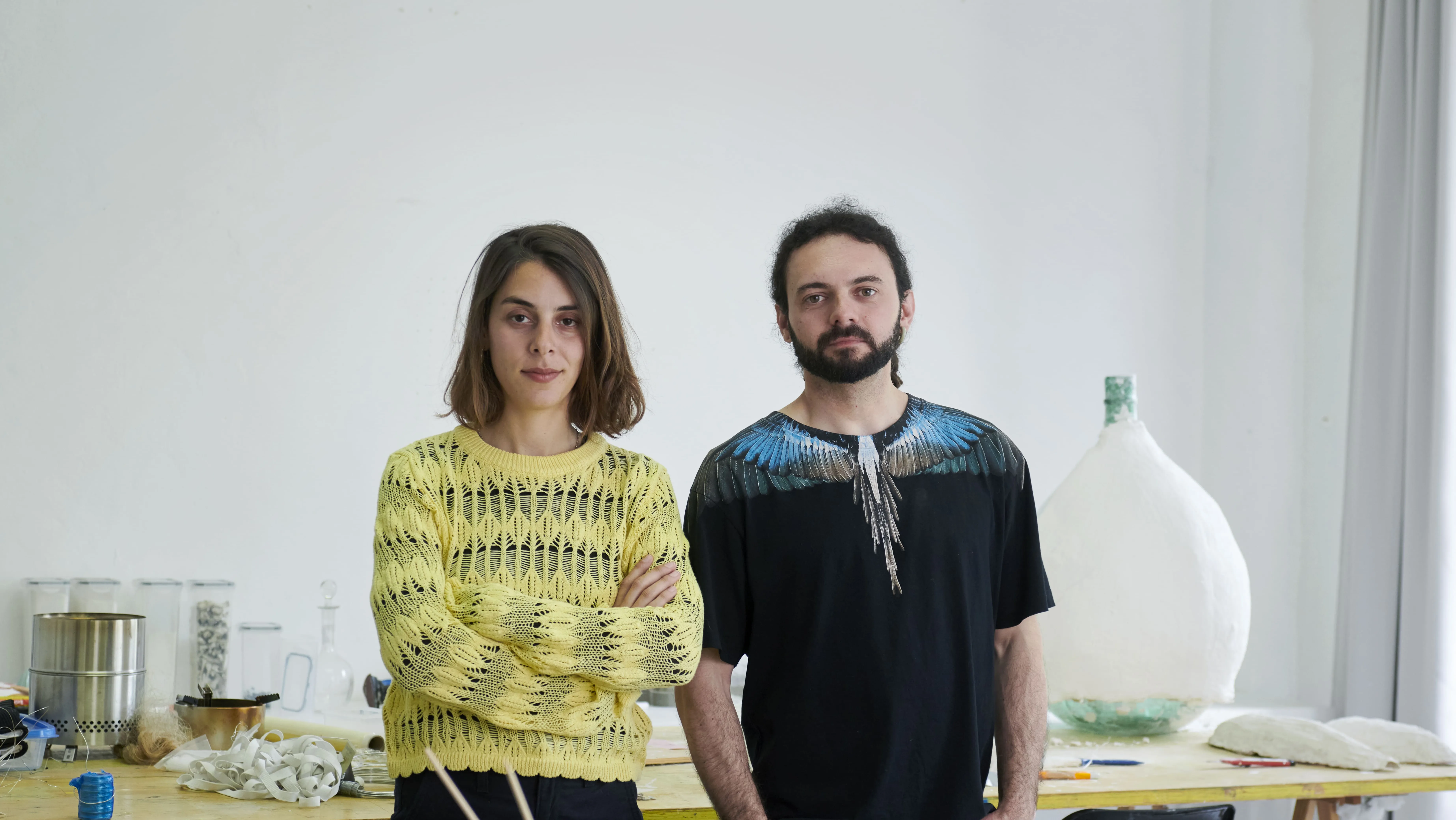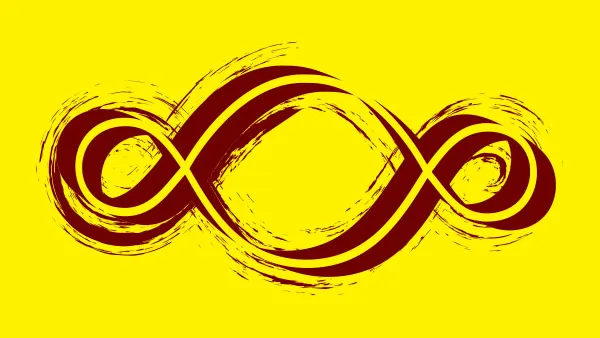What can we
help you find?
Ricerche suggerite

Focus on "Arte al Centro 2025" #1 - “Ecosystems as Living Communities”
On the occasion of the event - until November 2, 2025 - an exhibition on the relationships between art, territory and non-human ecosystems will be open to visitors, curated by UNIDEE Residency Programs in collaboration with UniCredit Group.
Discovering Arte al Centro 2025, episode 1
“Ecosystems as Living Communities”
The exhibition presents the works of the artists Despina Charitonidi and Davide Tagliabue, created as part of the Ecosystems as Living Communities residencies produced by UNIDEE Residency Programs of Fondazione Pistoletto Cittadellarte in collaboration with UniCredit Group, which become part of the prestigious UniCredit Art Collection. The works are the result of two months of research and production at Cittadellarte, in close relationship with the Biella area, its cultural and social fabric, and the local and international network built over the course of over twenty-five years through projects such as UNIDEE Residency Programs, Let Eat Bi and Biella Città Arcipelago. These residencies, called “connective”, foster the encounter between artistic practices and local communities, generating exchanges and collaborations between heterogeneous knowledge, skills, and disciplines.
The exhibition, created in dialogue with the curator Lucia Giardino on the occasion of Arte al Centro, presents not only the works created by the artists, but also research materials and testimonies of the creative process, offering the public an in-depth look at the path that led to their creation.
Despina Charitonidi's work explores ocean environments and forms of communication between marine mammals, threatened by noise pollution and naval traffic. Inspired by the marine fossils present in the Piedmont area - memory of the ancient sea that covered the area - the artist creates a series of hollow ceramic sculptures that are activated as acoustic instruments, capable of emitting whistles. The work reflects on sound as a universal language, a bridge between human and non-human beings.
Davide Tagliabue, on the other hand, investigates the history and production cycle of chicken farming, working with organic waste materials such as eggshells and charred bones. Thanks to the involvement of local citizens, companies and restaurateurs, he creates a work in bioceramics with a zoomorphic shape, inspired by relics and ritual objects. His work invites us to reflect on the objectification of animals in industry, on the symbolic removal of sacrifice and on the transformative potential of organic waste as forms of memory and re-signification.
For further information on the creative process and research of the two artists, you can view a previous interview by clicking here.





